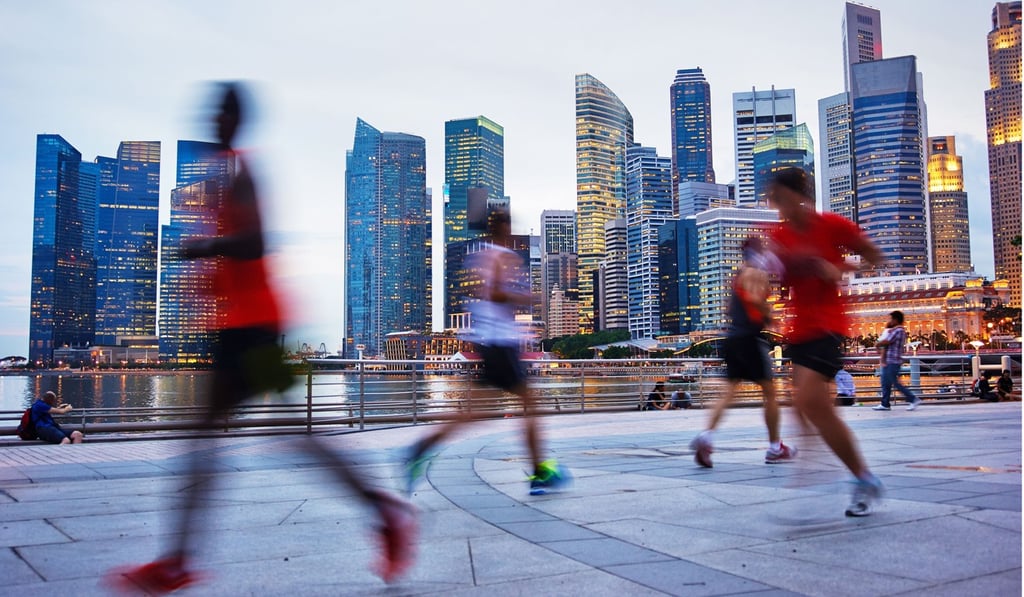How China’s 19th century crises shaped the Chinese diaspora in multiracial Singapore
- A new book sheds light on how identity crises and culture clashes between immigrant and locally-born Chinese shaped the community in multiracial Singapore
- Today just as then, contests between entrenched elites and emerging challengers are unfolding in Singapore and on the world stage every day

But other Chinese sojourners arrived in Southeast Asia much earlier. In A General History of the Chinese in Singapore – a new book that is the brainchild of the Singapore Federation of Chinese Clan Associations (SFCCA) – it is these travellers and their descendants who emerge as an intriguing strand of Singapore’s shifting narrative, highlighting the complex dynamics within the multiracial city state’s Chinese community.
Today, about 74 per cent of Singapore’s 4 million-strong resident population is Chinese, while the rest are of other ethnicities such as Malay, Indian and Eurasian.

Existing scholarship suggests Chinese traders had been travelling to the region since at least the 14th century, and it is likely those who assimilated with locals were the ancestors of the hybrid community known as Peranakans. By the time the British arrived in Singapore in the 19th century, Peranakans had been in the region for generations. As compradors, they became intermediaries between the new colonial order and existing regional networks of trade, and were co-opted into British systems of education and political participation. Many built up business empires and left enduring legacies as community leaders.